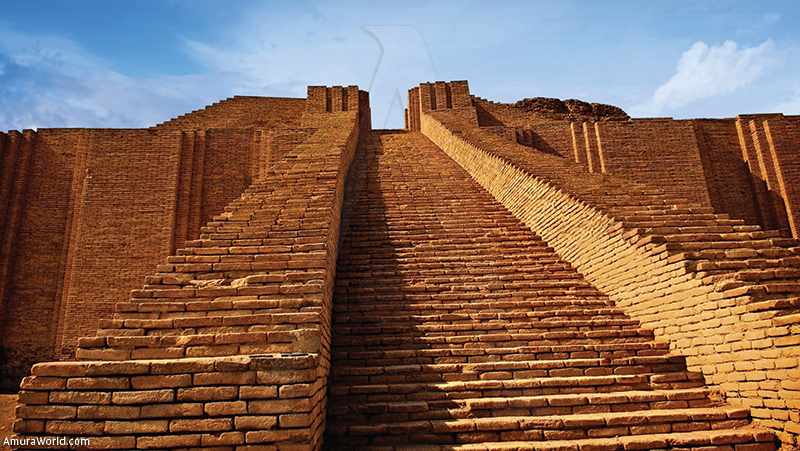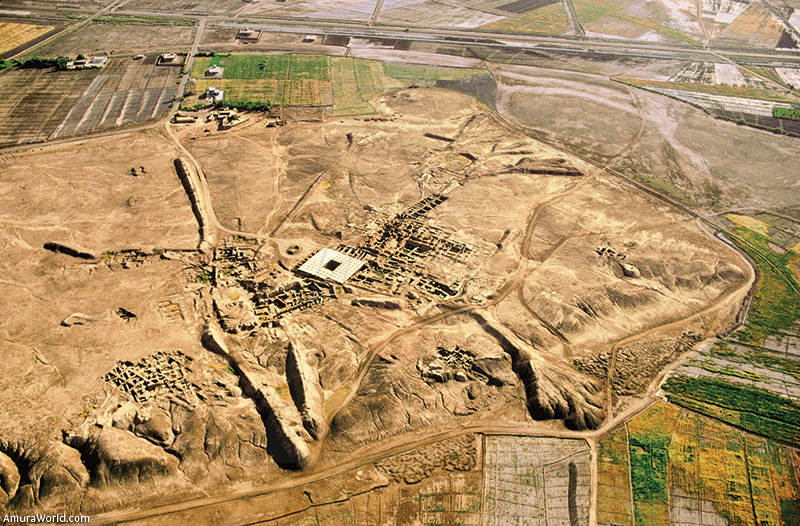Between the ancient city and Eden
If the Garden of Eden ever existed, probably it was ancient Mesopotamia.
Being the cradle of mankind’s first civilizations, Situated between the Tigris and the Euphrates rivers, even further away from what we find in textbooks, this region located in what in modern days is Iraq and the Near East, was the home of people as old as the Babylonians, Sumerians and Assyrians.
The term Mesopotamia refers to a territorial notion, since it was here where several towns settled and lived during different historical periods, thus sharing their different wealth.
However, the most important stories covering this legendary region are not well known. During 1947 some shepherds found, a cave with a pile of pots and very ancient manuscripts which turned out to be so important, that, according to these remains, most significant monotheistic religions such as Christianity, Judaism and Islam have their seeds in this site. These manuscripts were the Dead Sea Scrolls.
From that point on, archaeologists and theologians from around the world have disputed the right to explore the area, to keep digging in order to find out more about the inhabitants of this land, as one of the papyri found was confirmed as the oldest copy of the old Testament.
Therefore, in order to get to the point in history where Eden is mentioned, we will have to go through Babylon, majestic city with its great gardens of legend, with its tower of Babel which was never found, and the legacy of the Code of Hammurabi, known to be one of the earliest sets of laws, which in brief terms, is based on the application of the law of retaliation to specific cases.
When we begin to decipher the writings of Babylon, we discover the daily life of its inhabitants. There is the first code, the first dictionary, it is even reported how parents complain that their children do not respect them, and. These are witness to a high level of understanding in civilization, which bring us to this day.
We will have to turn the clock back to the year 700 BC and visit the Assyrians. They are described by history as ruthless and tyrant people, believers of absolute power exercised by military force. They were considered by their enemies as a killing machine, some clay tablets recounting their history made it clear that it was people with a taste for empires.
Mesopotamia, served as a silent witness to the greatness of the Babylonians and Assyrians. According to studies, these lands saw the fall of the Sumerians in what may have been the universal deluge, which eventually swept this nation. In Sumerian writings, there is mention of torrential rain that lasted seven days and six nights.
But who were the Sumerians? Over five thousand years ago, this people took the task of inventing government, the wheel, gardening and bricks, which to date, we still use to build our homes. Sumer is considered the first civilization on earth. But the most important contribution of this ancient people is writing.
There are many untold stories about Mesopotamia, and perhaps the most intriguing is that which states that if there was an earthly paradise, it was located in this region. The Sumerian story tells about a place south of the Sumerian main city of Ur, the island of Bahrain today, called in ancient times Dilmun. This is the place where it is said that water was plentiful and fresh winds blew, a perfect site. It was also the territory of the snake who stole the flower of immortality.
Yes, it seems like a fable, but on this island more than 85,000 graves were discovered, the bones found showed that the inhabitants of that place were taller and healthier. Embalmed snakes were also found in each grave.
In an effort to find our starting point as a society, man has looked to this area rich in history since the nineteenth century, when hundreds of archaeologists came looking for answers.
The tests offered are provisional,this means that today we can be certain about some parts of history, but every day new discoveries arise, overthrowing established theories, making us to think of the various ways in which we will find out where we came from and what we are today.
Text: Alejandra Lugo ± Photo: WES / WSD / National Geographic




